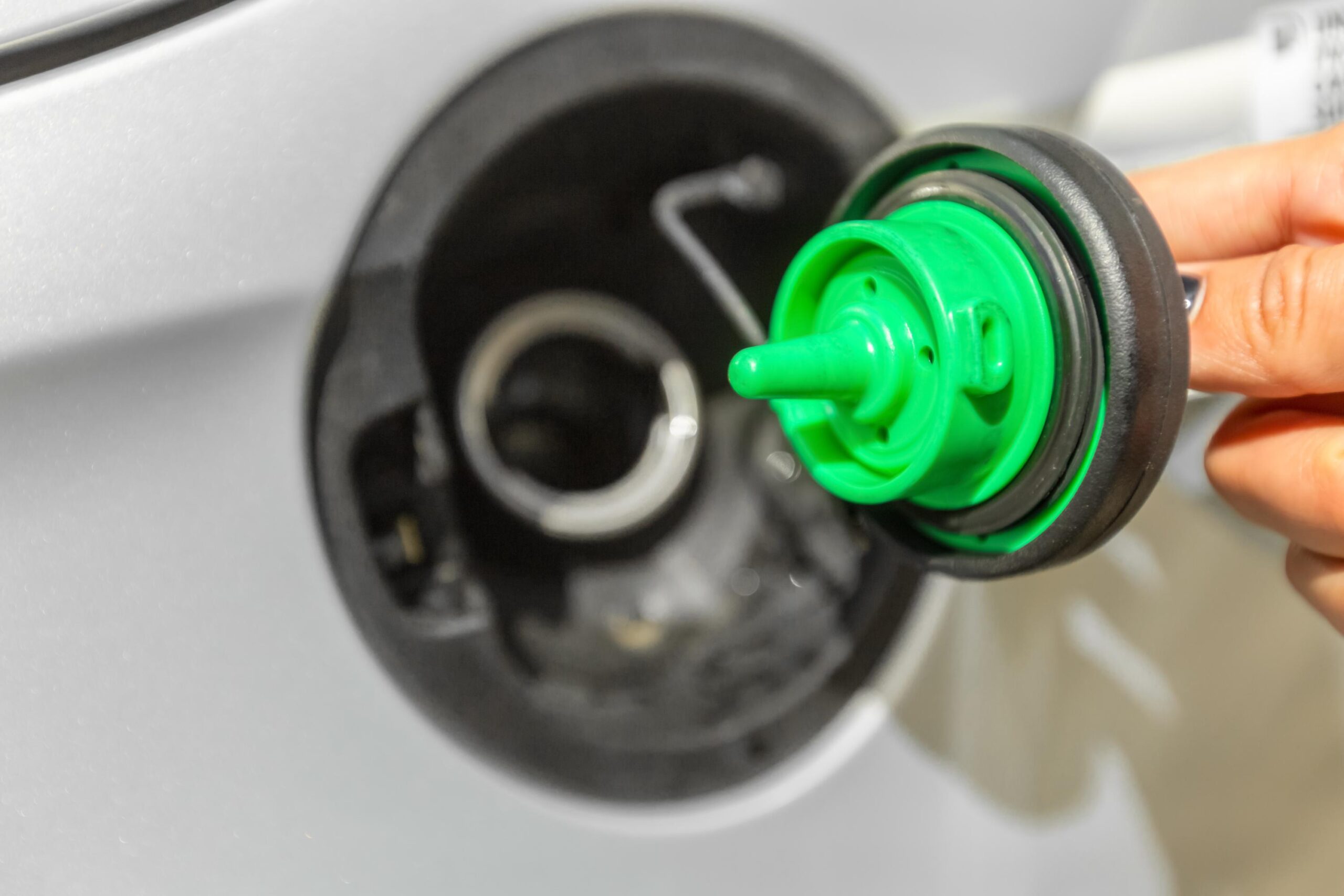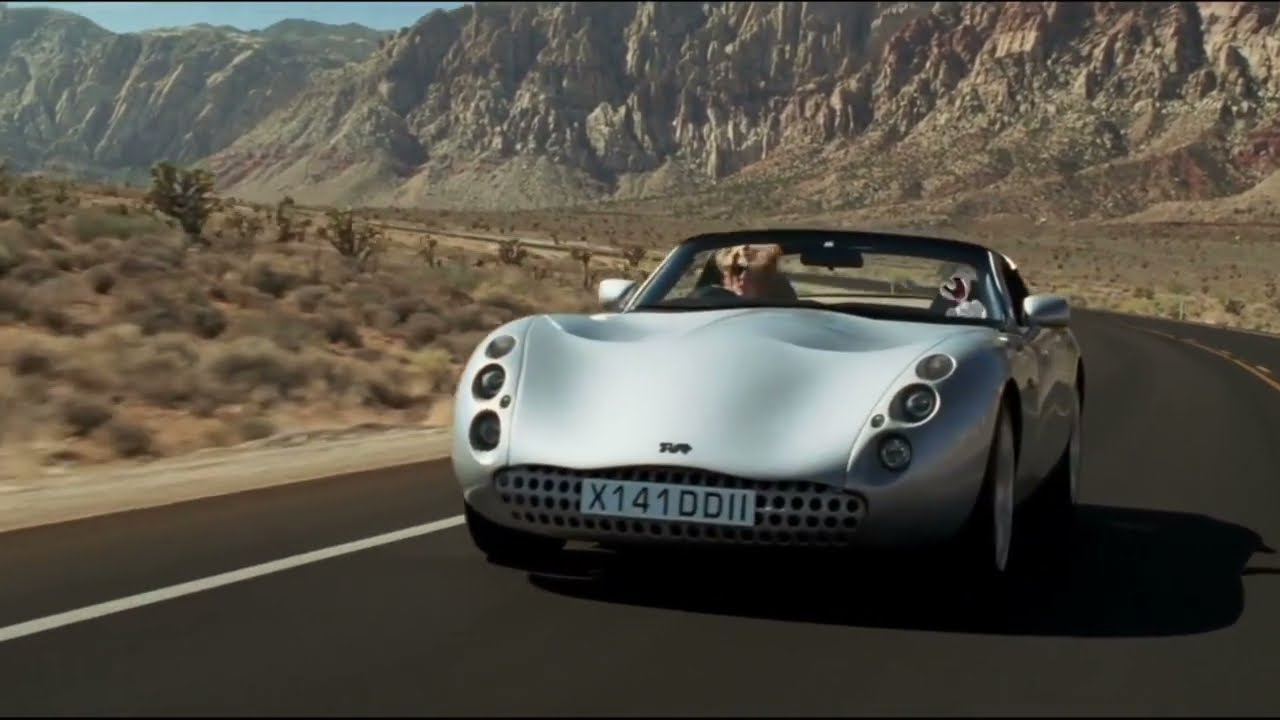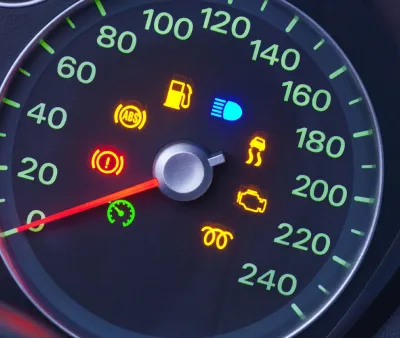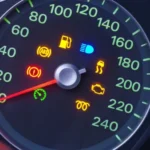One thing that can be considered alarming is when your check engine light flashes, as it’s a clear sign your vehicle needs immediate attention. Unlike a steady light, it usually indicates an urgent issue such as an engine misfire, emission malfunction, or damage to critical components like the catalytic converter. Ignoring it can lead to costly repairs, reduced performance, or even engine failure.
In this guide, we will tell you what a flashing check engine light means, why you need to fix it, why it is flashing, and what you can do to help fix the problem.
What Does a Flashing Check Engine Light Mean?
One thing that can be considered alarming is when your check engine light flashes, and this is a serious indication that your vehicle needs immediate attention. A flashing check engine light, unlike a steady light, indicates an urgent issue and most of the time signifies engine misfire, emission issues, or serious damage to some of its critical components, such as the catalytic converter. Neglecting it can result in higher fixing prices, a loss of performance, or even engine termination.
Common Causes of a Flashing Check Engine Light
The most important thing is to realize how urgent the problem is and act now in order to prevent further injuries.
1. Engine Misfire
A major reason why a flashing check engine light occurs is engine misfires. The misfires happen when the fuel fails to ignite in the engine cylinders. This might be due to worn-out spark plugs, a misfiring ignition coil, or the fuel injector itself.
Example: When your check engine light flashes and you experience a rough ride while driving, you would suspect that your engine is having something wrongly termed as a cylinder misfire. Such diagnostic tools as an OBD II scanner can guide you through the error code reader and detecting a cylinder in trouble.
2. Faulty Spark Plugs or Ignition Components
Problems may be caused by old or damaged spark plugs, coil pack cracks, or an improper gap between spark plugs. A replacement of these parts can set things back to healthy ways.
3. Oxygen Sensor (O2 Sensor) Problems
The sensors check the level of oxygen in the exhaust and are important in ensuring that there is a suitable air-to-fuel ratio. A faulty O2 sensor may cause flashing CEL, affect the performance, and fuel economy.
You can also read about Boost Organic Traffic with Garage2Global.
4. Catalytic Converter Damage
Harmful emissions are reduced using the catalytic converter. It can turn on the check engine light flashing when damaged or clogged. This is fairly common in a poorly running engine that is throwing unburned gasoline into the catalytic converter.
5. Evap System Leaks
A flashing CEL can be triggered by leaks in the evap control system and some of its components, such as the canister valve assembly or charcoal canister. This usually matches with a set of error codes that are read with diagnostic equipment such as OBD II code readers.
6. Exhaust System Issues
Exhaust defects, such as holes in the exhaust manifold or MAF sensor problems, may cause ineffective engine functioning, and the CEL may flash.
7. Fuel That is Low or Contaminated
Fuel of low quality or running with a low fuel tank will also introduce debris into your fuel system, and this will cause misfires.
8. Loose or Damaged Gas Cap
This may sound trivial; however, a loose gas cap can cause a (strolling) check engine light because it interferes with the evap system.

What to Do When Your Check Engine Light is Flashing
The moment the check engine light begins to flash, it is necessary to do whatever is possible to minimize damage. The following is a step-by-step procedure of how to deal with the situation:
1. Pull Over Safely
Whenever you realize that your check engine light is flashing, either as you accelerate or continue your drive, it is very important to pull over, as much as it is safe to do so. The further you drive, the more damaged it might become, particularly when an engine misfire is severe.
2. Check Simple Fixes
Check the gas cap, making sure that it is closed. The problem may be a loose or a damaged gas cap. Also, observe the apparent indicators of problems, including exhaust fumes or some strange noises.
3. Use an OBD II Code Reader
Buy an OBD II code reader to see what the problem is. These and other devices have the ability to scan engine codes and give a freeze-frame look at the fault. Codes can give an indication of a particular problem, such as an evap system leak or a misfiring cylinder — you can learn more about using OBD II scanners here
4. Avoid Driving in Limp Mode
In the event that your car goes into Limp Mode, in which the power to the engine is greatly decreased, you need to drive minimally and have the car fixed immediately. This mode is supposed to save the vehicle from additional damage.
5. Seek Professional Diagnosis
There are issues, such as catalytic converter failure or EGR valve problems, that need special consideration. Set aside the time to visit a reliable mechanic or the dealership and undertake a proper diagnosis.
6. Act on Specific Scenarios
- Intermittent Flashing: Blinking lights may indicate a repeatable but temporary problem; it just means that the problem is momentary, as the light only flashes. Nevertheless, you are recommended to get professional help in identifying the cause.
- Flashing CEL While Accelerating: This is possibly caused by overloading on ignition or fuel parts. Ultimate acceleration and pursuant assessment.
The Importance of Timely Action
Recklessness and disregard for a blinking car engine checklight may be very expensive. You are likely to end up with increased repair costs, possibly decreased fuel consumption, or even hazardous driving. These problems can be avoided through frequent maintenance: replacement of the spark plug seals, cleaning of the throttle position sensor, or evaluation of cylinder pressures, etc.

You can also solve a problem sooner using diagnostic tools such as OBD II scanners that can be utilized in reading error codes. Taking care of regular inspection of filters, sensors, and fluids also reduces risks.
You can also read about the Design and Innovation Academy.
Final Thoughts
The check engine light in your car is not a mere warning system, but an important communication device in regard to the state of your car. A flashing light insists on extra attention that is likely to be some major issues, such as engine misfires, catalytic converter faults, and evap system leaks.
With rapid responses, the appropriate tools for diagnosing problems, and the use of professional assistance when it is necessary, you should be able to reduce the damage and maintain your vehicle in good shape. It is either a dashing check engine light indicator that signifies a misfire, or evaporating control problems that are in underlying complexity; knowing your signals is one way of protecting your car, wallet, and sanity.
Do not wait in case your check engine light is blinking. With these tips, diagnosing and solving the problem will be easy!








